The curious case of space rocks smuggled out of Zhob, Balochistan to Arizona, USA
From Zhob in Balochistan to Arizona in the US, a space rock worth millions has attracted lots of interest
April 06, 2020
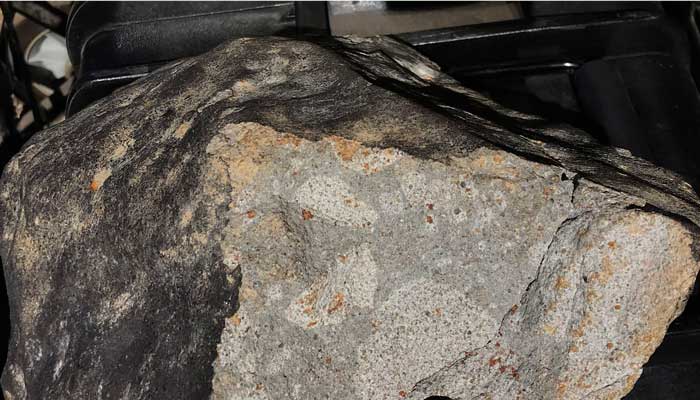
ZHOB: On January 9 this year, just as some farmers — who eke out a living growing vegetables in the mountains surrounding the city of Zhob, Balochistan — made their way home after a long day at work, a terribly frightening noise, akin to a raging storm, disrupted the tranquility of their otherwise sedate surroundings. A bright light pierced the sky, and several loud explosions followed it. The earth shook, and it was as if calamity had struck.
The series of events happened too quickly for the farmers to immediately understand what was happening. Within seconds, the earth stopped shaking, the bright light vanished, and the terrible sound died down. However, the strange occurrence left behind souvenirs. On inspecting the area after the incident, the farmers found several pieces of stone-like objects, considerably heavier than any ordinary stone, scattered over the hilly terrain.
To the bewildered farmers, it was as if the sky had rained these stones over their settlement. There were giant holes in the ground where the stones had fallen, a house had been slightly damaged by one of these objects, and there was even damage on the paved roads connecting the village to the nearby city. Although a huge fireball had been seen before the stones fell, the four pieces gathered by the villagers were cool as ice.
A few kilometers separated the pieces from one another, and drew lots of villagers together. The confusion shrouding the incident did not last long. According to eye-witness accounts, some unidentified men came to inspect the area soon after the villagers had obtained the stones. The pieces were gathered from the scared locals and confiscated. The villagers were told that the stones were being taken to Islamabad.
Also read: Pakistan 11th largest arms importer in the world, claims research institute
The firestorm that rages upon earth everyday
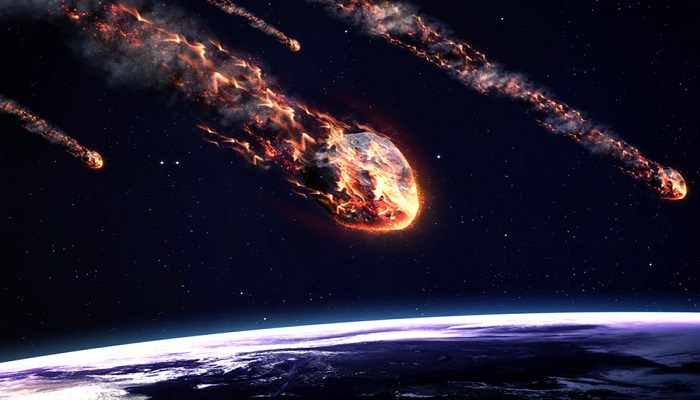
In outer space, there are chunks of rocks which are found abundantly, called meteoroids. Every year, an estimated 15,000 tonnes of meteoroids, micrometeoroids and different forms of space dust enter the atmosphere of earth, typically travelling at a speed of 20km/sec (for comparison's sake, rockets and space shuttles reach a speed of 11km/sec) but rarely cause any damage to the planet. Humanity is perfectly safe from the firestorm that rages upon the atmosphere everyday.
The key to this mystery lies in the layers of the air surrounding our planet. As the space rocks enter earth's atmosphere, they travel through these layers. First, there is the exosphere, where the rocks belong. Then comes the thermosphere, where the rocks are heated up. After that, the rocks come into contact with the mesopause and mesosphere, the coldest of all the layers. Due to this greater temperature gradient from thermos to meso, the rocks form cracks and break up into smaller pieces.
This phenomenon is called thermal shock. As these small pieces of rocks continue to move towards the ground, they have to travel through the remaining lower layers of air, where the density of the air increases and so does the friction. Most of the rocks end up burning without reaching the surface. Even if some pieces are able to survive, their sizes are greatly reduced. Once they hit the ground, they are called meteorites. Through the time for which the rocks travel through the atmosphere, they are called meteors.
Also read: The purist transforming the art of documentary film-making
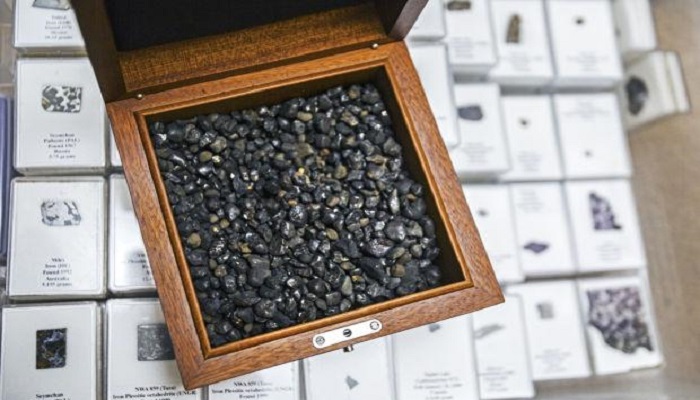
The stone hunter from Arizona
In late January, thousands of miles away from Zhob, a meteorite hunter in the United States was preparing to embark on a journey to Slovenia when he received a call from a contact in Pakistan. Pleasantries were exchanged, business discussed, and a meeting set up for later in the month. An exciting prospect was in the offing for Michael Farmer, a former US marine and a renowned collector of meteorites from across the world. A meteorite that had fallen in Pakistan was coming to the United States, and it was for sale.
At the 2020 Tucson Mineral and Gems Show, Farmer met his Pakistani contact and arranged for a third-party to evaluate the specimen brought for being sold. Arizona State University came up with a scientific analysis on it, and a few days later, Farmer bought the stone from his contact for an undisclosed amount.
In early March, the analysis was published by the International Society for Meteorites and Planetary Science on their official website under a bulletin entry for the meteorite named Zhob. The stone was identified as having a mass of close to 19kg.
According to the university, the meteorite was classified as a chondrite. Nearly 92% of the stones that fall are of the same type. The special part about this stone from Zhob, however, was that it was from the asteroid belt, a leftover from the formation of the solar system 4.6 billion years ago. It was rich in the metals silicon, nickel, and iron. However, the stone was fragile. The university said that there were signs of inner collapse within it, a result of asteroids impacting each other in space.
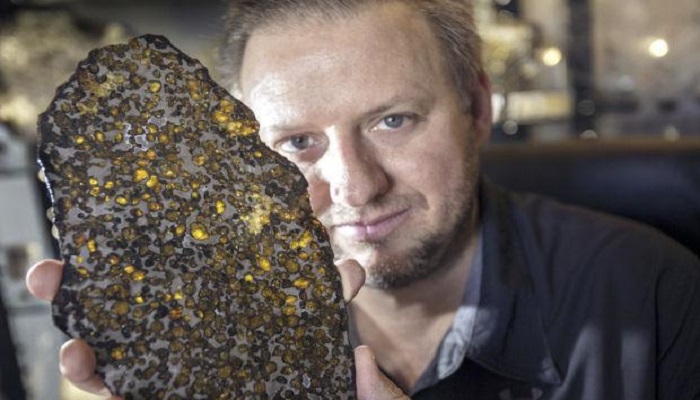
'There should be hundreds of stones out there'
When contacted to divulge more details on the Zhob meteorite, Farmer said that there was nothing particularly special about the stone. “This type of meteorite is generally sold at about a dollar a gram. It is a common chondrite. It is certainly money. If I break it down into smaller pieces, I have collectors who will be willing to pay much, much more for it. In my business, it is always useful to break the stone. The most expensive one I ever sold was worth millions of dollars,” he said.
“The Zhob meteorite is an interesting one. Since the fall, six more pieces of the stone have been found in the area. Looks to be a pretty big fall, there should be hundreds of stones out there, maybe 20km long, they fall in a path. It is a mountainous area, where the stones fell. I wanted to go there, but my contact in Pakistan said it is quite dangerous. I have two stones from the fall. I am working on acquiring more, but it is a difficult situation,” he adds.
Farmer has led an interesting life. Hunting for space rocks across the world is not easy, especially when falls are rare and business unstable since meteorites are considered a scientifically valuable resource in many countries. “I have been collecting and selling meteorites for 25 years. I have been to over 80 countries. In fact, I have been to Morocco more than a hundred times in relation to my business. I have been to Oman at least 21 times,” he remarks.
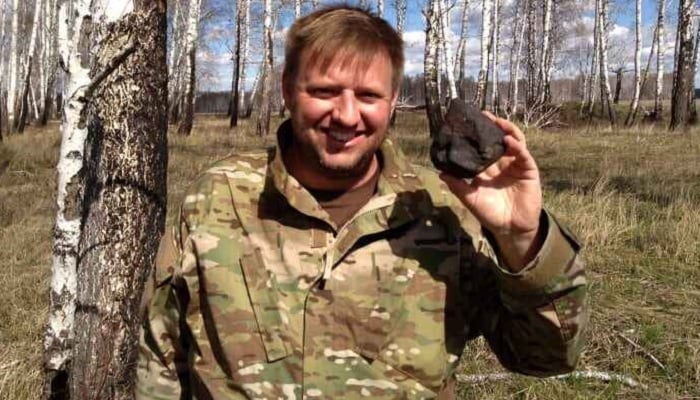
'Balochistan has a thriving business in precious stones'
However, Farmer is also cautious about the dangers associated with his profession. “In Oman, I was actually arrested and thrown in prison. They have no law against dealings in space rocks, but they were not happy with my presence. So they charged me with running illegal mining operations and put me in prison. This job can be very dangerous. You are travelling around the world, sometimes with a lot of money. I have been robbed and kidnapped in Kenya, nearly killed in Columbia as well, chased by the military in Algeria,” he adds.
He is still upbeat about the future though, even as the coronavirus brings international travel to a halt. “Right now I am under lockdown. In fact, I will be using this time to inventory my collection. I have a huge collection. Ten thousand pieces, and I don’t have time to inventory them because I am constantly traveling. So my goals for the next month or two are to work on my collection. Typically I have to wait until a meteorite falls and if it does, I will rush there wherever it is in the world,” he notes.
Farmer believes that there is huge potential for the Balochistan province in Pakistan. “The mineral business in Pakistan is huge, especially even from the area in Zhob, there is a lot of mining of minerals and gemstones like aquamarine and topaz, among several others. The contacts I have there are all mineral dealers. Some pieces worth millions have left Zhob to be sold elsewhere. The border area between Afghanistan and Pakistan is very rich in rare minerals.”
Also read: Pakistan has second-most polluted air in the world based on population density in cities
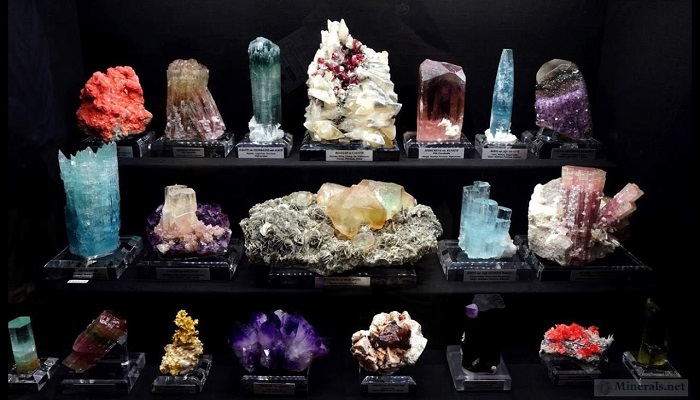
Why are space rocks important?
Meteorites are not just space rocks that are present in the outermost layers of the atmosphere of earth, but can also be leftover pieces of comets or asteroids that enter the gravitational pull of the earth. Usually, if a space rock survives the fall into the atmosphere, the impact it causes on the ground creates craters whose size and depth can be related to the mass, size and angle of the stone as it falls to the ground. Heavy stones leave behind giant craters. The moon, for example, is full of them.
These rocks are part of the early solar system and at least 4.6 billion years old. They are rich in mineral content, and collectors across the world pay millions to get their hands on them. To date, more than 60,000 meteorite falls have been documented. The study of meteorites is also essential to unveiling the mysteries of our solar system. They are the building blocks of the planets. In planetary formation, lumps of rock coalesce to create planets.
Space rocks also play a huge part in answering questions about the origins of life. A team of scientists at Harvard University recently discovered signs of protein inside of a meteorite. The presence of these molecules inside an extraterrestrial object is a direct signature of the existence of life in outer space. Several space-faring countries in the world, including India, have elaborate plans in place to mine asteroids for minerals as precious resources on earth rapidly dwindle.

"The problem in Pakistan is that the local administration and media failed to report the meteorite fall in Zhob," a local space expert said. "As a result, the precious stone, that could have been handed over to a scientific research body or given to a university to provide inspiration to the next generation of space scientists in the country, has instead been sold in the international market," the expert notes. "The trade for precious stones and gems, including meteorites, in Zhob threatens not only financial benefits, but the scientific heritage of the country."
According to the expert, the Zhob meteorite was taken to the United States through the Afghan smuggling routes to avoid undue attention. When asked for remarks on these observations, Deputy Commissioner Zhob Taha Saleem confirmed that there had been a meteorite fall in the area. "However we have not found it [the stones] yet. There is also no confirmed update on the current location of the stones. There are various versions and police are working to locate the stones," he said. The provincial secretary of the mineral department was also asked for his remarks on the issue, but chose not to engage on the subject.
With additional input from Ejaz Khan











